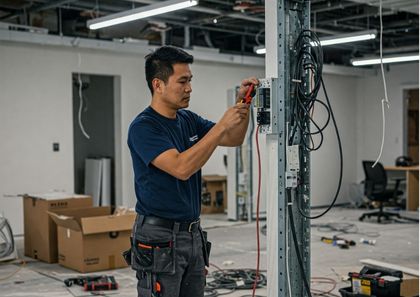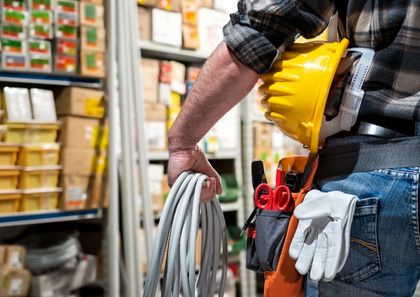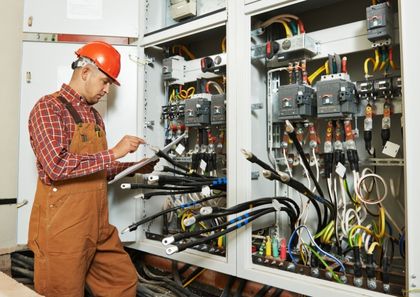Commercial Data Cabling: The Backbone of Modern Business Connectivity
Commercial Data Cabling is the backbone of modern businesses, enabling seamless communication and high-speed connectivity. Whether it’s data cabling installation Sydney, electrical office fitouts Sydney, or industrial electrician Sydney solutions, structured cabling ensures reliability. Discover five reasons why every business needs a robust data cabling system for uninterrupted operations.
Commercial Data Cabling: The Backbone of Modern Business Connectivity Read Post »










